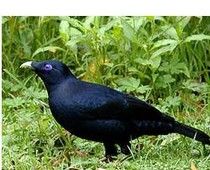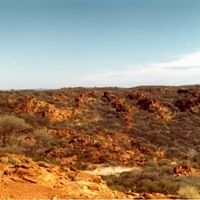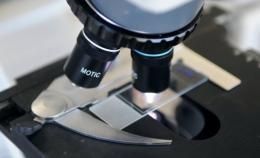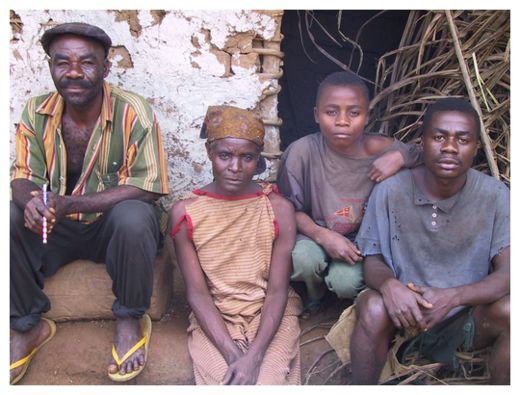Picking up good vibrations and monitoring excitations. . . sounds suspiciously like The Beach Boys are running this project. But I wander off topic.
So far, the research has yielded some interesting and perhaps significant findings. Stripped of scientific jargon, the discoveries fall into three interrelated categories:
- The Earth is communicating with us.
- We are communicating with the Earth.
- And, we may also be influencing the function of computers.
Dr. Elizabeth Rauscher is an astrophysicist and nuclear scientist whose resume includes Lawrence Berkeley National Lab, Lawrence Livermore Lab, and consulting gigs with NASA and the U.S. Navy. She and her late husband built sensitive detectors that monitor shifts in the geomagnetic field. They found that up to three weeks prior to major geological events such as earthquakes or volcanic eruptions, the Earth's magnetic field noticeably changes. That allows for a high degree of predictive accuracy. According to the Global Coherence Initiative website, Rauscher was able to anticipate the Mount St. Helens blast. More impressively, in the 10 months following the eruption, she "predicted 84 percent of the seismic activity occurring within a 100-square-mile area around a single detector."








